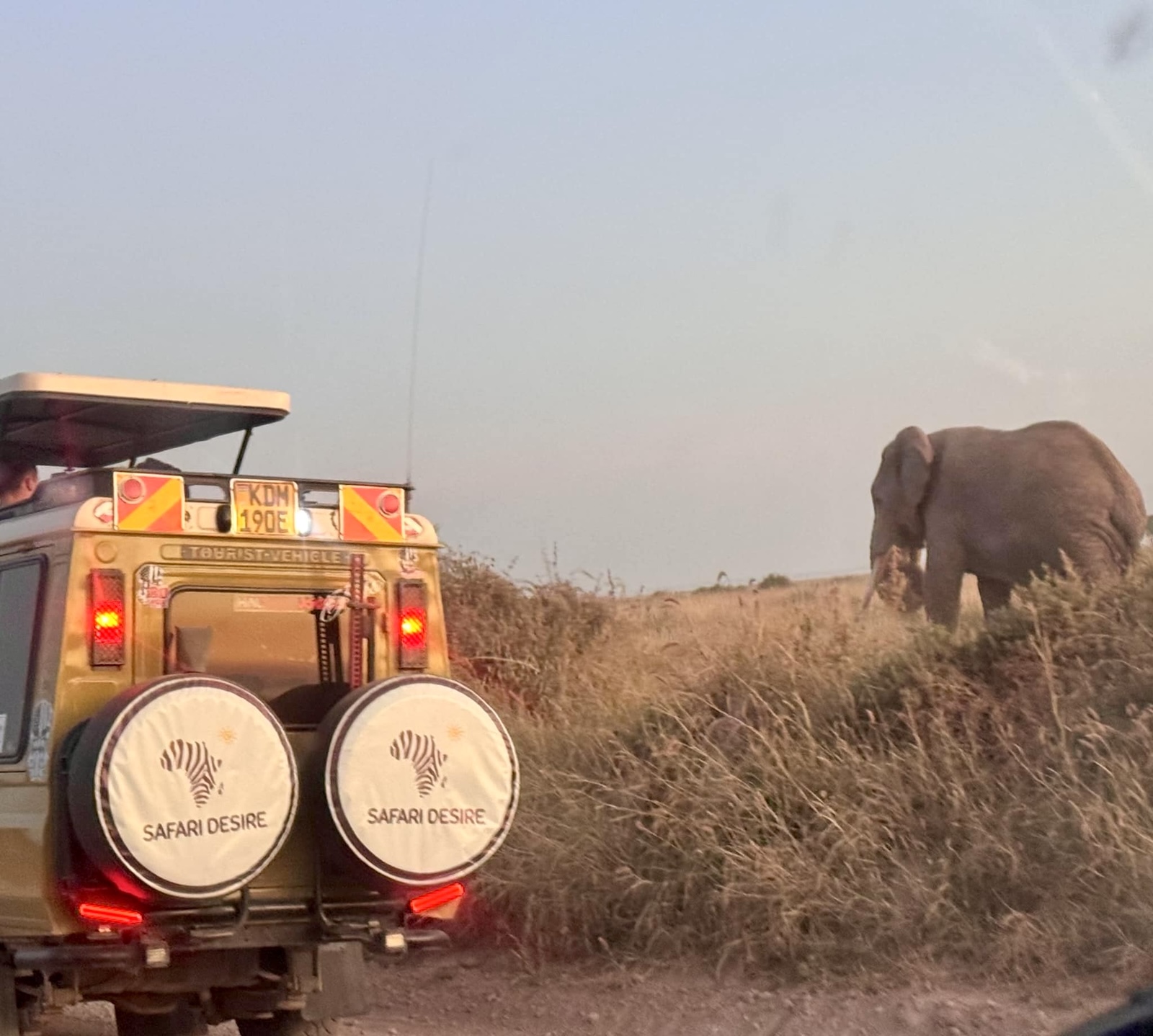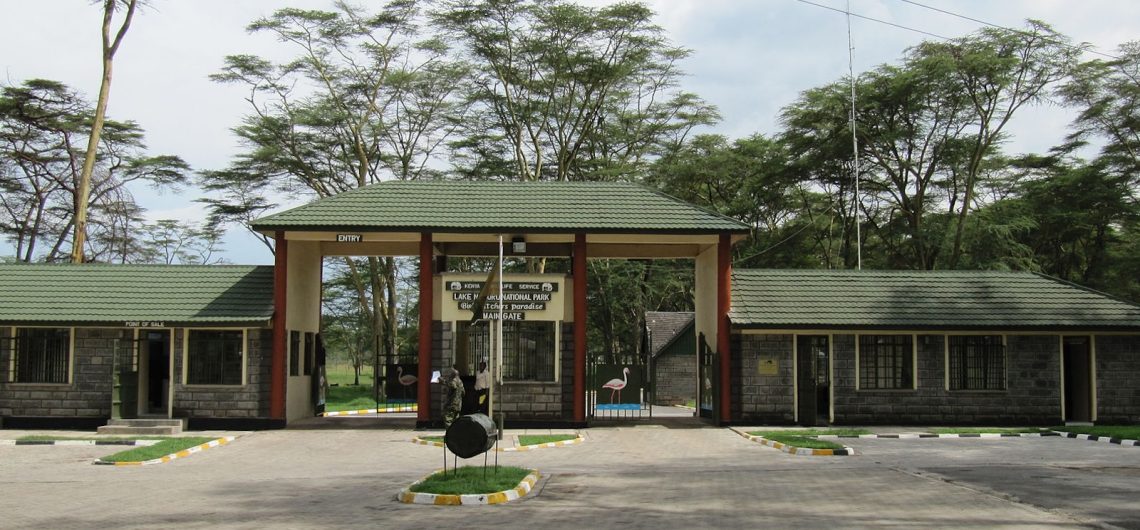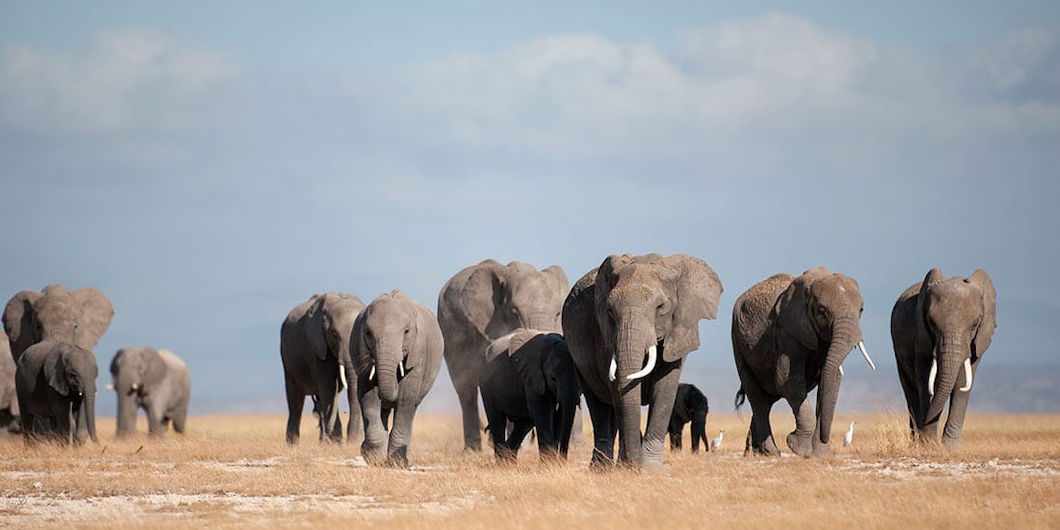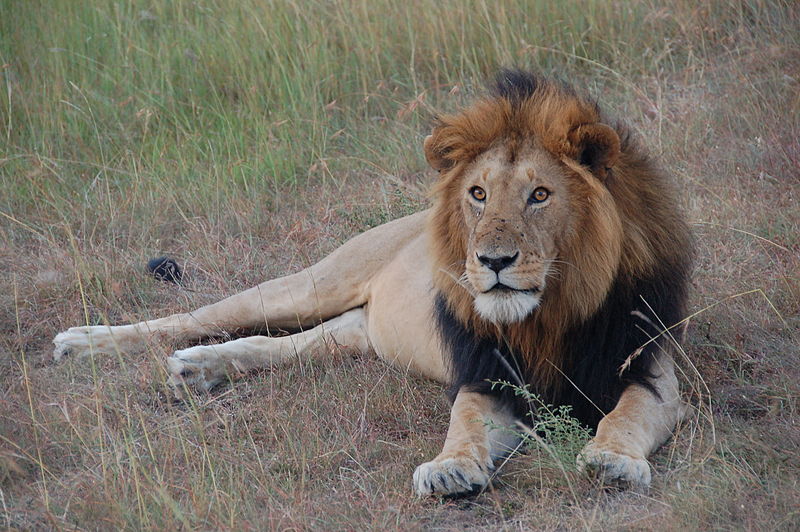Update: Temporary Suspension of New 2025 Conservation Fees
As of October 2, 2025, the Milimani High Court has issued a temporary order suspending the implementation of the new KWS conservation and park entry fees, effective from October 1, 2025, following a petition by the Kenya Tourism Federation. This halt allows visitors to continue using the previous fee rates until the court resolves the matter, with a hearing scheduled for November 25, 2025.
At Safari Desire, we’re committed to keeping you informed and will update this post with the latest details once the court issues its final ruling and fees are reinstated. Thank you for your understanding as we navigate this change together!
Meanwhile: Check out our Sample Kenya Safari Tours for inspiration. All tours can be customized to your liking and budget.
As the golden hues of dawn illuminate the vast savannas and misty highlands of Kenya’s world-renowned national parks, a pivotal shift in sustainable tourism takes center stage today. Effective October 1, 2025, the Kenya Wildlife Service (KWS) has implemented the new conservation fees and park entry fees outlined in the Wildlife Conservation and Management (Access, Entry and Conservation) (Fees) Regulations 2025 (Legal Notice No. 160 of 2025). This landmark revision—the first in 18 years—addresses escalating management costs while channeling vital funds into wildlife protection, anti-poaching initiatives, and enhanced visitor infrastructure.
At Safari Desire, your trusted partner for bespoke Kenya safari packages, we’re dedicated to empowering travelers with transparent insights into these KWS park fees 2025 changes. Whether you’re an international adventurer eyeing the elephant herds of Amboseli or the flamingo spectacles at Lake Nakuru, this guide spotlights the new park entry fees for foreign tourists, focusing on non-residents (international visitors) and African citizens (non-East African). We’ve drawn directly from the official KWS conservation fees 2025 schedule to ensure accuracy. Download the full PDF here for every detail.
Key Reminders for Planning Your Kenya Safari in 2025 and beyond
- Applicability: These KWS fees 2025 cover only KWS-managed national parks, reserves, and sanctuaries. Game reserves like Masai Mara or Samburu (county/private) have independent structures—always confirm with your our safari experts.
- Pre-Bookings Protected: eCitizen payments before September 29, 2025, lock in old park entry fees; new ones apply from 1st october 2025.
- Exemptions: Free entry for children under 5, Kenyan seniors (70+), and those with disabilities. Registered guides/drivers are also exempt.
New Kenya Park Entry fees 2025

- Seasonal Savings: High season (July–March) uses full conservation fees 2025 rates; low season (April–June) slashes them by 20–30%—perfect for budget-conscious birdwatching or photography safaris. Request for precise park entry fees from our Kenya safari experts.
- Cashless Entry: Mandatory via eCitizen app for all Kenya park fees, ensuring security and efficiency. Cash payment for park entry fees is not accepted at all national park gates in Kenya.
Updated KWS Park Entry Fees 2025 for Non-Residents and African Citizens
All fees below are per person, per day (24-hour validity), in US Dollars (USD), and reflect high-season rates for adults (18+). Child/student rates (ages 5–17; students up to 23 on educational visits) are half or specified. We’ve categorized by park type for quick reference, emphasizing popular national parks for international tourists.
Premium Parks: Elite Encounters in Amboseli & Lake Nakuru National Parks
Spot the Big Five against Mt. Kilimanjaro’s silhouette or amid soda lakes teeming with pink flamingos—these are must-visits for luxury Kenya safaris 2025.
| Park/Category | Non-Resident Adult (USD) | Non-Resident Child/Student (USD) | African Citizen Adult (USD) | African Citizen Child/Student (USD) |
|---|---|---|---|---|
| Amboseli & Lake Nakuru NPs | 90 | 45 | 50 | 25 |
Urban Parks: Nairobi National Park – The Ultimate City-Safari Fusion
Just 10km from Nairobi’s skyline, home to black rhinos and cheetahs—ideal for short-haul safari day trips.
| Park/Category | Non-Resident Adult (USD) | Non-Resident Child/Student (USD) | African Citizen Adult (USD) | African Citizen Child/Student (USD) |
|---|---|---|---|---|
| Nairobi National Park | 80 | 40 | 40 | 20 |
| Nairobi Package (Park + Orphanage + Safari Walk) | 105 | 55 | 55 | 20 |
Wilderness Parks: Epic Adventures in Tsavo, Meru, Aberdare & Multi-Park Packages
Explore red-dusted Tsavo’s “red elephants” or Aberdare’s misty moorlands—pristine for immersive budget Kenya safaris. Book short safaris starting from Mombasa, or include the Tsavo East & West National park with Amboseli National Park and beyond for longer multi-day itineraries.
| Park/Category | Non-Resident Adult (USD) | Non-Resident Child/Student (USD) | African Citizen Adult (USD) | African Citizen Child/Student (USD) |
|---|---|---|---|---|
| Tsavo East & West National Parks | 80 | 40 | 40 | 20 |
| Meru, Kora & Aberdare National Parks | 70 | 40 | 40 | 20 |
| Tsavo West-Amboseli Package | 150 | 80 | 80 | 45 |
| Tsavo East-West-Amboseli Package | 215 | 115 | 115 | 60 |
Mountain Parks: Summit Thrills at Mt. Kenya National Park
Tackle glaciers, bamboo forests, and elusive bongos—prime for hiking safaris Kenya 2025 and beyond. Mount Kenya climbing takes from 4 to 6 days depending on the the route taken and physical ability of the hiker.
| Park/Category | Non-Resident Adult (USD) | Non-Resident Child/Student (USD) | African Citizen Adult (USD) | African Citizen Child/Student (USD) |
|---|---|---|---|---|
| Mt. Kenya National Park | 70 | 35 | 30 | 15 |
Scenic & Special Interest Parks: Off-the-Beaten-Path Wonders
From Hell’s Gate’s geothermal drama to Saiwa Swamp’s sitatunga antelopes—discover hidden gems for eco-tourism Kenya.
| Park/Category | Non-Resident Adult (USD) | Non-Resident Child/Student (USD) | African Citizen Adult (USD) | African Citizen Child/Student (USD) |
|---|---|---|---|---|
| Hell’s Gate, Mt. Longonot, Mt. Elgon, Ol Donyo Sabuk NPs & Select Reserves | 50 | 25 | 20 | 10 |
| Mwea, Ruma, Saiwa Swamp, Sibiloi, etc. (Special Interest) | 40 | 20 | 20 | 10 |
Sanctuaries & Marine Protected Areas: Coastal & Urban Escapes
Rehabilitate with orphaned wildlife in Nairobi or snorkel coral reefs in Watamu—tailored for family safaris Kenya and divers. Enjoy combined Kenya safaris and beach holidays and enjoy visits to magnificent marine parks in the Kenyan Coast.
| Park/Category | Non-Resident Adult (USD) | Non-Resident Child/Student (USD) | African Citizen Adult (USD) | African Citizen Child/Student (USD) |
|---|---|---|---|---|
| Nairobi Animal Orphanage, Safari Walk & Kisumu Impala Sanctuary | 25 | 15 | 15 | 10 |
| Nairobi Sanctuary Package (Orphanage + Safari Walk) | 40 | 20 | 25 | 15 |
| Kisite Mpunguti, Watamu, Mombasa, Malindi, Kiunga & Diani Chale MPAs | 25 | 15 | 15 | 10 |
Essential Add-Ons: Camping, Activities & Vehicle Fees for Kenya Safari Planning 2025
Elevate your trip with these tourism activities and experiences (exclusive of entry fees; in USD for non-residents):
Camping (Public Sites, Per Person/Night):
Premium Parks (Amboseli/Nakuru): Adult $30 | Child $25
Other Parks: Adult $20 | Child $15
Signature Activities (Per Person):
Night Game Drive (Selected Parks): $50
Guided Walking Safari (Tsavo/Meru): $50
Hot Air Balloon Safari (Per Landing): Adult $80 | Child $40
Helicopter Scenic Flight (Up to 2 Hours): $100
Commercial Filming/Photography (1–5 Crew/Week): $200
Vehicle & Access Fees (Per Day):
Private Vehicle (<6 Seats): $50
Minibus (6–12 Seats): $70
Aircraft Landing (<1,500 kg): $10
Drone Permit (Per Day): $300
For large groups (MICE events), snag 5–30% off park entry fees based on size (10+ participants).
Smart Strategies to Navigate the New Conservation Fees 2025
The average park fees hike for non-residents is 20–50%, but our tips ensure value-packed adventures:
- Bundle for Savings: Multi-park packages like Tsavo-Amboseli cut costs by 10–20%.
- Low-Season Perks: April–June delivers lush landscapes, prime wildlife sightings, and reduced KWS fees—book now for affordable Kenya safaris.
- Annual Passes: Unlimited access via Family Annual Pass (~$1,300 equivalent) for extended stays.
- Sustainability Pledge: Kenya’s parks are single-use plastic-free—join the eco-movement with reusable gear.
As safari experts, Safari Desire integrates these national parks fees Kenya 2025 into transparent, customized itineraries. From 4-day Amboseli & Tsavo East escapes to 10-day Big Five quests, we optimize for your budget and passions.
The Rationale Behind Kenya’s 2025 Park Fees Hike: Safeguarding the Wild for Tomorrow
Kenya’s protected areas—encompassing 23 national parks, 28 national reserves, marine sanctuaries, and more—harbor over 70,000 large mammals and 1,100 bird species, making them a global biodiversity hotspot. Yet, with climate pressures, habitat loss, and tourism demands intensifying, KWS requires robust funding to sustain these ecosystems. The conservation fees increase 2025 is projected to raise up to KSh 19.79 billion annually (from KSh 7.92 billion), supporting:
- Wildlife conservation efforts: Bolstered ranger patrols, habitat restoration, and community programs to mitigate human-wildlife conflicts.
- Infrastructure upgrades: Modernized roads, eco-friendly lodges, and digital access via eCitizen for seamless safari bookings.
- Global competitiveness: Aligning Kenya national parks fees with destinations like Tanzania’s Serengeti, while keeping experiences premium and accessible.
Embark on Your Dream Kenya Safari 2025 Today
Kenya’s national parks aren’t mere attractions—they’re thriving legacies of resilience, where every entry fee fuels the future of the wild. With the KWS conservation fees 2025 in place, your journey becomes an investment in this unparalleled heritage. Explore our safari packages, download the official KWS fees PDF, or contact us for a free quote.
Let’s ignite your safari desire—where adventure meets conservation.
The Safari Desire Team #KenyaSafari2025 #KWSFees #ParkEntryFees2025 #WildlifeConservationKenya #SafariTravel
Follow us on Instagram: @SafarisDesire
Verify latest rates via eCitizen or KWS hotline: 0800 597 000. Terms apply.



 Tulia Amboseli Safari Camp, located on the edge of Amboseli National Park with stunning views of Mount Kilimanjaro, has long been a favorite for travelers seeking an intimate connection with nature.
Tulia Amboseli Safari Camp, located on the edge of Amboseli National Park with stunning views of Mount Kilimanjaro, has long been a favorite for travelers seeking an intimate connection with nature. Amboseli is a year-round destination, but the best time to visit depends on your preferences: Dry Season (June–October, January–February): Ideal for wildlife viewing as animals gather around water sources, and the skies are clear for stunning Kilimanjaro views. This is peak season, so book early!
Amboseli is a year-round destination, but the best time to visit depends on your preferences: Dry Season (June–October, January–February): Ideal for wildlife viewing as animals gather around water sources, and the skies are clear for stunning Kilimanjaro views. This is peak season, so book early! 
 Moreover, visitors engaging in activities such as hot air balloon safaris within the Mara Triangle/Mara Conservancy on the day of departure are required to pay a full-day park fee for that day.
Moreover, visitors engaging in activities such as hot air balloon safaris within the Mara Triangle/Mara Conservancy on the day of departure are required to pay a full-day park fee for that day.